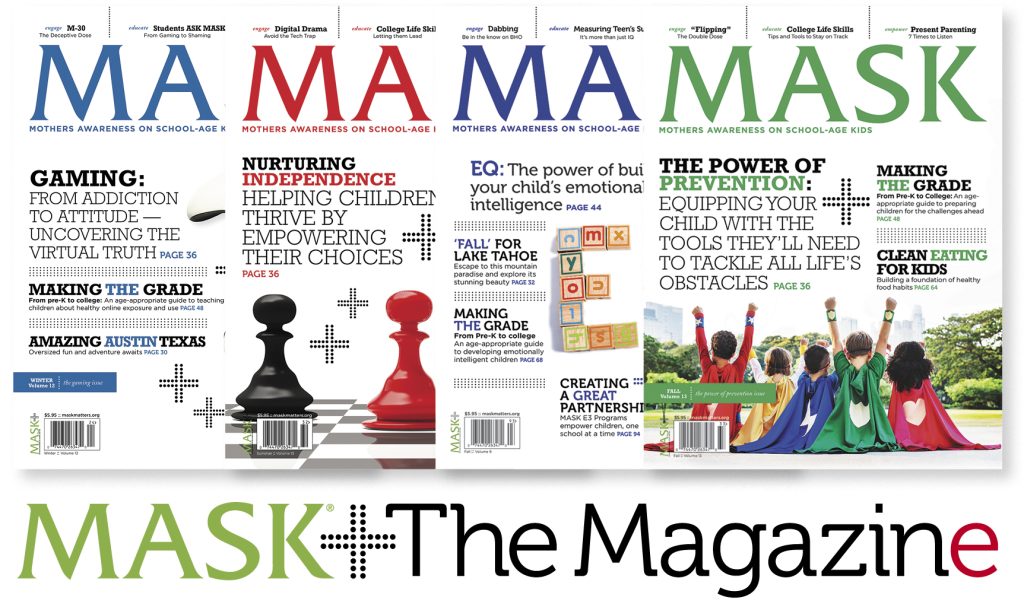
Allowing Children to Lead their Own Paths
August 7, 2024
Understanding MDMA
August 12, 2024Emotional driving refers to how emotions can impact driving behavior, which is particularly relevant for teens. Here are some key points to understand about emotional driving for teens:
Impact of Emotions on Driving
- Stress and Anxiety: High stress or anxiety can lead to distractions, poor decision-making, and reduced reaction times.
- Anger and Aggression: Driving while angry can result in aggressive behaviors like speeding, tailgating, or road rage, increasing the risk of accidents.
- Sadness and Depression: Feelings of sadness or depression can cause distractions and reduce alertness, impacting driving performance.
- Excitement and Euphoria: Overexcitement or euphoria, such as after a party or an exhilarating event, can lead to overconfidence and risky driving behaviors.
Why Teens are Vulnerable
- Inexperience: Teens are less experienced drivers, making it harder for them to manage their emotions while driving.
- Hormonal Changes: Adolescence is a time of significant hormonal changes that can affect mood and behavior.
- Peer Pressure: Teens may feel pressure from peers to engage in risky driving behaviors, such as speeding or not wearing seatbelts.
- High Emotions: Teens often experience emotions more intensely, which can have a stronger impact on their driving.
Strategies for Managing Emotions While Driving
- Recognize Emotional States: Encourage teens to be aware of their emotional states before driving and to delay driving if they feel overly emotional.
- Stress Management Techniques: Teach stress management techniques such as deep breathing, listening to calming music, or using relaxation apps.
- Avoid Driving After Conflicts: If a teen has had an argument or is upset, they should take time to calm down before driving.
- Create a Calm Environment: Keep the driving environment calm and free from distractions, such as loud music or disruptive passengers.
- Seek Support: Encourage teens to talk about their emotions with trusted adults, friends, or counselors to help manage their feelings.
Parental Involvement
- Set a Good Example: Parents should model calm and responsible driving behaviors.
- Open Communication: Maintain open lines of communication about emotions and driving.
- Establish Rules: Set clear rules about safe driving behaviors and the consequences of emotional driving.
- Monitor Driving: Use tools like driving apps or in-car monitoring systems to help teens develop safe driving habits.
By understanding the impact of emotions on driving and implementing strategies to manage them, teens can reduce the risk of accidents and become safer drivers.
 To learn more tips and parenting subscribe to MASK The Magazine, parenting solutions for today’s families
To learn more tips and parenting subscribe to MASK The Magazine, parenting solutions for today’s families
Subscribe to MASK The Magazine
Or
Did you know that you can add past issues of MASK The Magazine and start your MASK Library –


